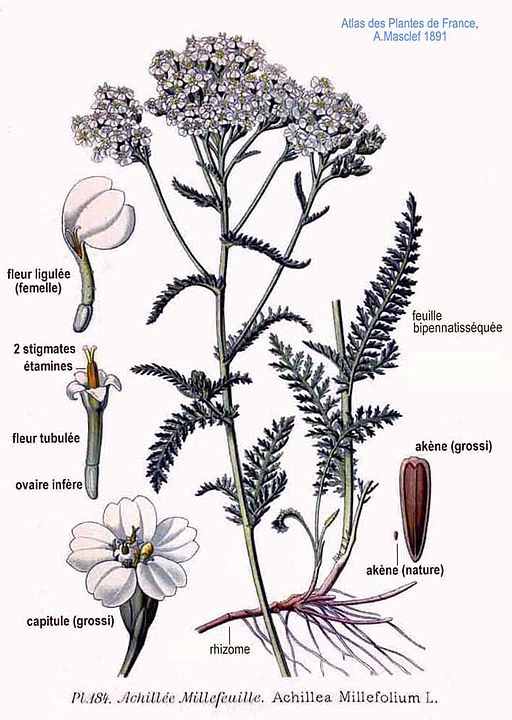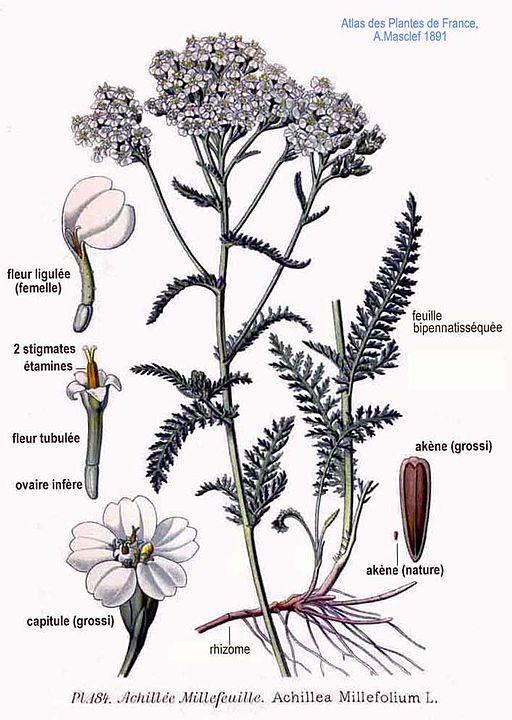Honey Petal Plants
Achillea millefolium Tutti Frutti 'Pomegranate' - Yarrow cultivar
Achillea millefolium Tutti Frutti 'Pomegranate' - Yarrow cultivar
Couldn't load pickup availability
Sizes available: #1 (Trade gallon) - easily dividable
Basics: zones 4-8, 20" x 12-18", full sun to part shade, Magenta-ish red bloom in mid to late summer, prefers well-drained and not overly rich soil, adaptable and drought tolerant once established
Common names: Yarrow, Milfoil, Carpenter's Weed, Bloodwort, Knight's Milfoil, Staunchweed, Soldier's Woundwort, Nosebleed, Old Man's Pepper, Field Hop, Bad Man's Plaything, Devil's Nettle, Devil's Plaything, Herbe de St. Joseph, Arrowroot, Death Flower, Eerie, Hundred-leaved Grass, Knyghtn, Old Man's Mustard, Sanguinary, Seven-year's Love, Snake's Grass, Soldier, Thousand Leaf (the Wikipedia entry for Achillea millefolium is fascinating)
Family: Asteraceae
Origin/Distribution: The species Achillea millefolium is native to Europe, western parts of Asia, and North America; has been introduced in New Zealand and Australia
Habitat: grasslands, open woodlands
More: Achilleas are deer and rabbit resistant and salt tolerant. They attract numerous pollinators and make good cut flowers both fresh and dried. Many moths and beetles use yarrow as a host plant. The species has a long history of medicinal use, including the staunching of wounds. The flowers and leaves are used to flavor certain liquors and bitters and yarrow was a component in flavoring beer prior to the use of hops. This plant can cause contact dermatitis in some people. The species, A. millefolium, contains over 100 biologically active components, some of which are toxic in large quantities or if ingested over a long period of time, so proceed with caution.
Some Neanderthal burials have included yarrow. That's a 60,000 year relationship between us and Achillea millefolium.
Nursery: Van Berkum
Image credit: Royal Horticultural Society; illustration of Achillea from Wikimedia Commons




